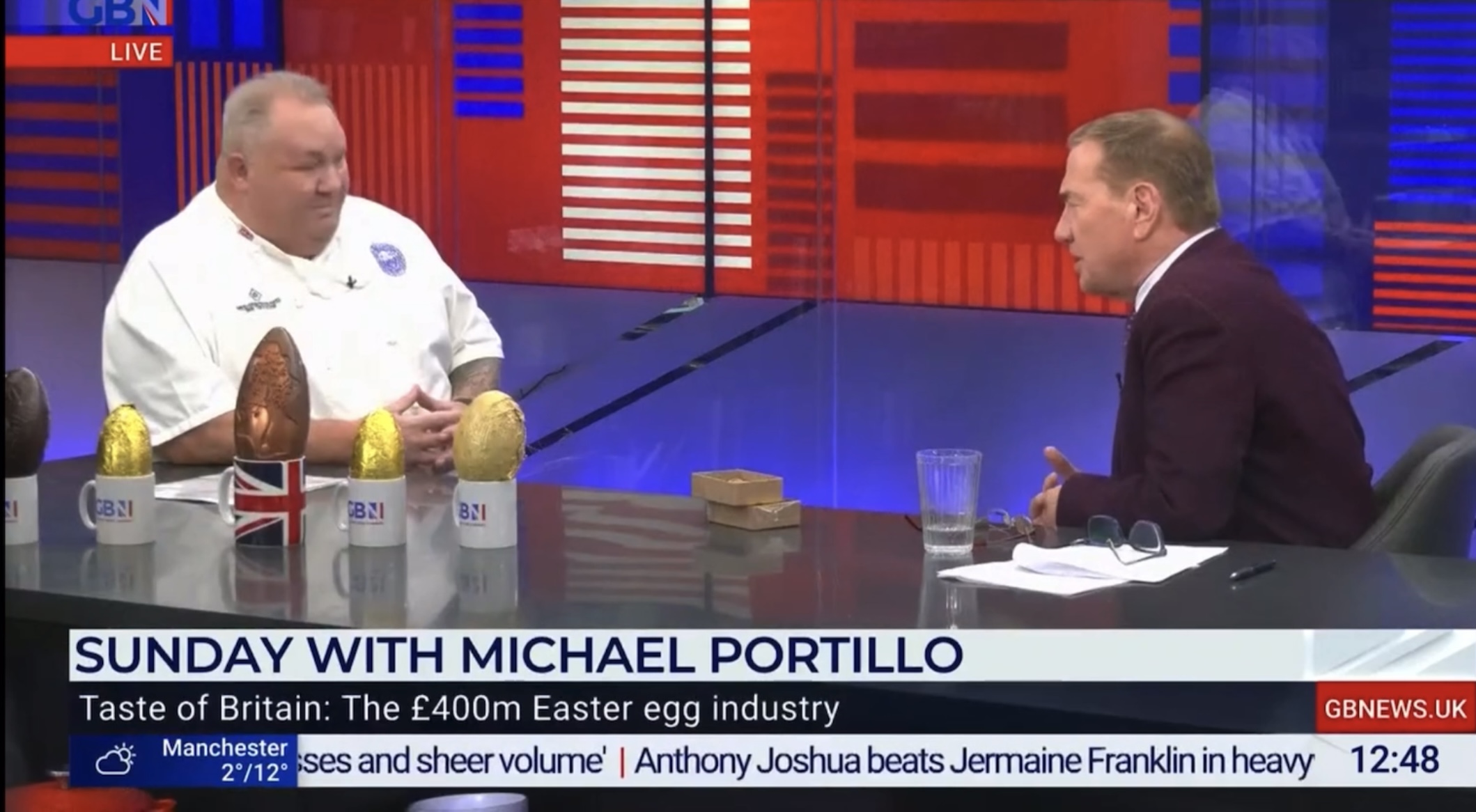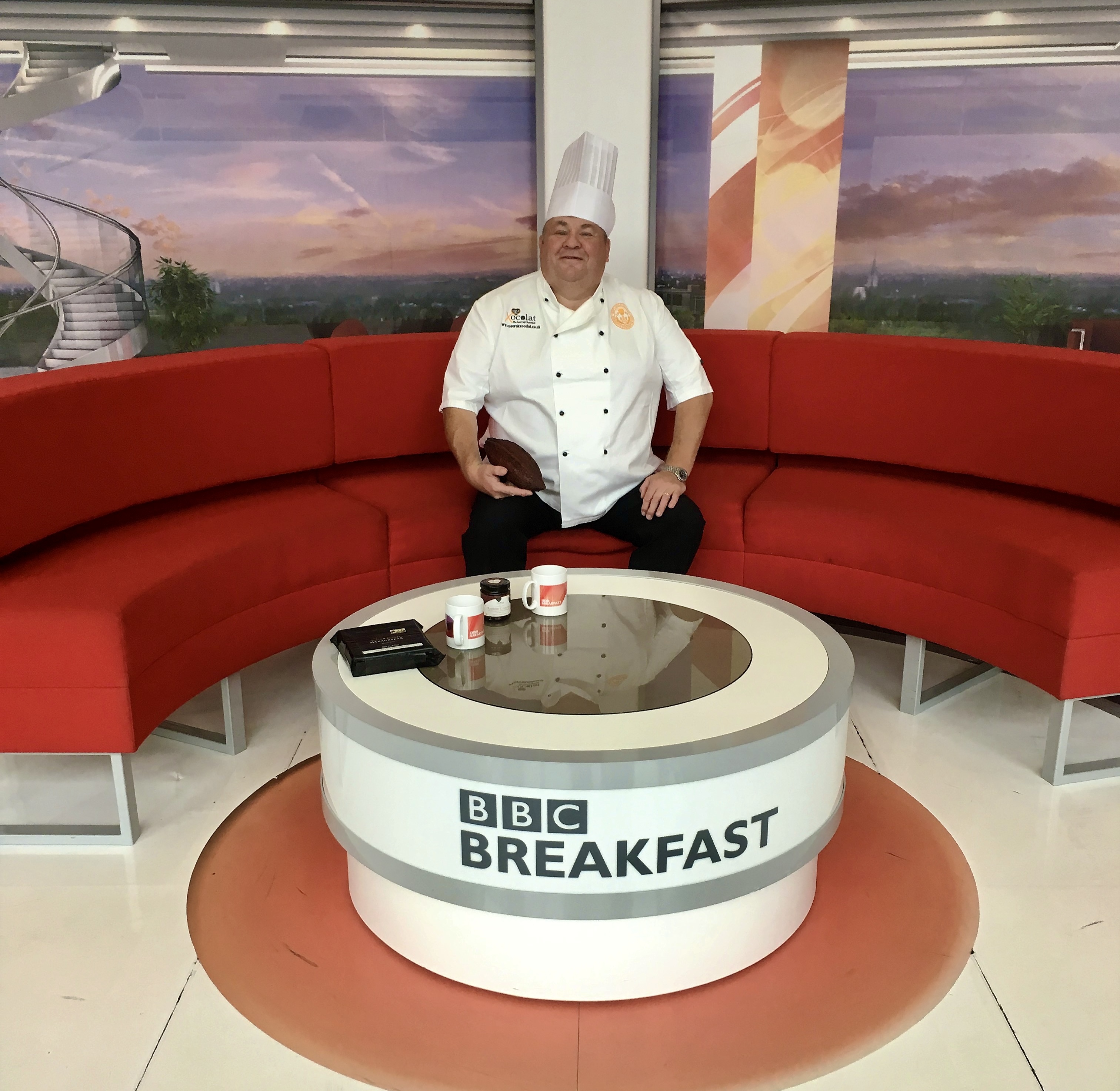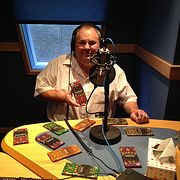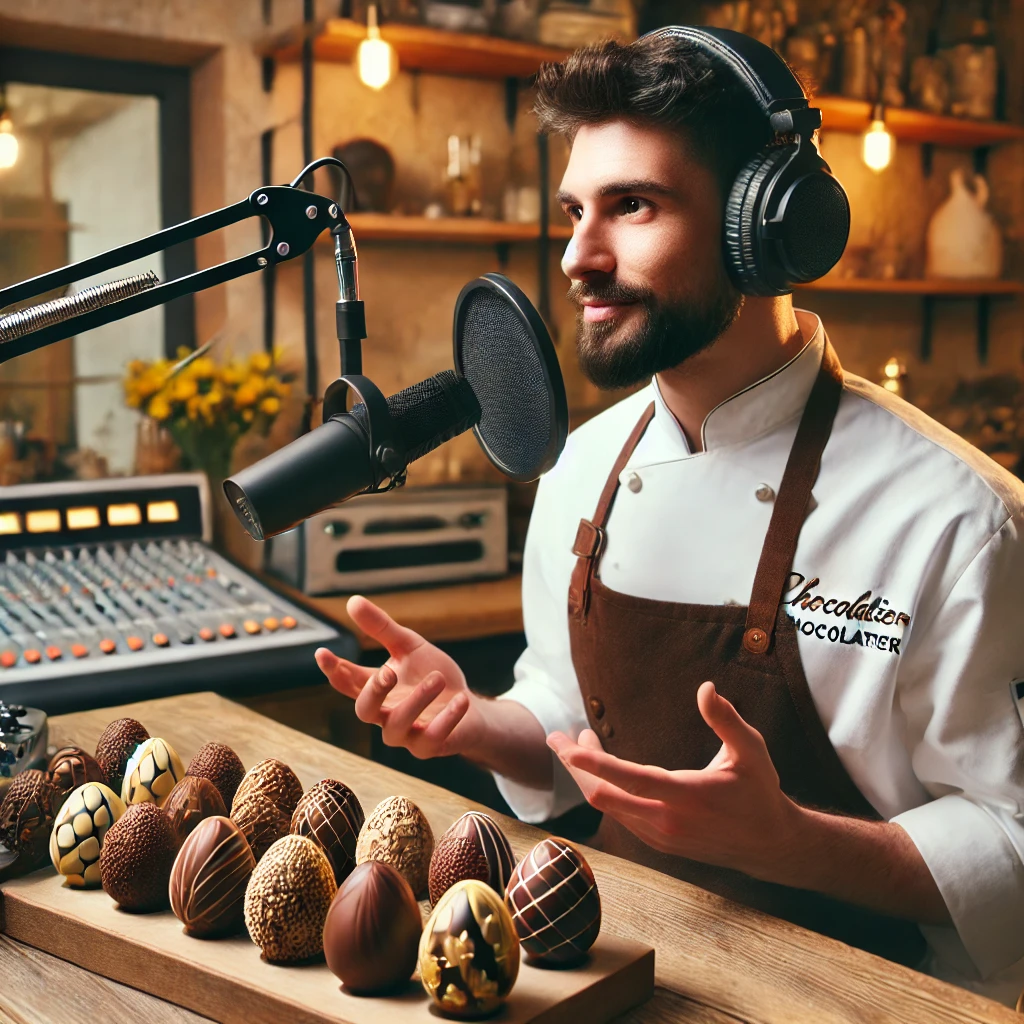If you would like me to be available for and interview click here Easter is one of the biggest moments in the chocolate calendar, and as chocolate makers, we often find ourselves invited to talk about it on radio, TV, or podcasts.
Easter is one of the biggest moments in the chocolate calendar, and as chocolate makers, we often find ourselves invited to talk about it on radio, TV, or podcasts.
Whether it’s discussing the best Easter eggs, artisan craftsmanship, or chocolate trends, these interviews are golden opportunities to share expertise, educate audiences, and showcase quality chocolate.
But how do we make the most of a 10-15-minute media slot? Here’s a practical guide for fellow chocolatiers and bean-to-bar makers on handling Easter chocolate interviews with confidence.
1. Know Your Audience & Media Format
Before stepping into an interview, it’s important to understand who you’re speaking to and how to tailor your approach.
Do Your Research
Watch or listen to previous episodes of the show.
Understand the host’s tone – Are they formal, light-hearted, or comedic?
Know the audience – Are they chocolate enthusiasts, general food lovers, or casual shoppers?
 Different Media, Different Approaches
Different Media, Different Approaches
Radio & Podcasts – Focus on storytelling and descriptive language to help listeners “taste” chocolate through words.
TV & Video Interviews – Emphasise visual appeal, showcasing Easter eggs, demonstrating tempering, or cracking open an egg for dramatic effect.
Print & Online Media – Be precise with trends, industry insights, and expert recommendations.
Pro Tip: Have a high-resolution headshot and product images ready for journalists requesting visuals.
Radio & Podcasts – Bringing Chocolate to Life with Storytelling and Descriptive Language
Since radio and podcasts lack visuals, your words must do all the heavy lifting. The challenge is making your listeners “taste” the chocolate through descriptions alone.
1. Use Vivid, Sensory Descriptions
Avoid generic statements like “This is a dark chocolate Easter egg”—instead, trigger emotions and sensations in your audience.
Example 1: Talking About a Dark Chocolate Easter Egg
“Imagine unwrapping a beautifully handcrafted dark chocolate Easter egg. As you break it open, you hear that satisfying ‘snap’—a sign of perfectly tempered chocolate. The aroma hits you first—deep cocoa, a hint of red berries, and a whisper of warm spices. Now, take a piece and let it melt on your tongue. It starts with an intense cocoa richness, then unfolds into notes of tangy cherries, toasted hazelnuts, and a touch of vanilla, leaving a silky, lingering finish.”
Example 2: Talking About a Milk Chocolate Egg with a Caramel Filling

“Picture a smooth, glossy milk chocolate egg, its surface catching the light. As you break into it, a luscious golden caramel starts to ooze out, thick and buttery. The first bite is a perfect balance—silky milk chocolate melting alongside the rich, slightly salted caramel, coating your mouth in waves of sweetness and warmth.”
2. Engage the Listeners with “Interactive” Tasting Moments
Encourage listeners to engage physically—even if they don’t have chocolate on hand, just imagining the process makes the experience more immersive and memorable.
Example Prompt for Listeners
“If you have chocolate at home, take a small piece and hold it between your fingers. Feel the smoothness—real chocolate should have a glossy surface. Now, break it in half near your ear—do you hear that clean snap? That’s a sign of well-tempered chocolate. Now, take a deep breath—what do you notice? Notes of vanilla? Fruitiness? A hint of roasted nuts?”
3. Use Storytelling to Connect Emotionally
Chocolate isn’t just about flavour—it’s about memories, nostalgia, and experiences.
Example 1: Childhood Easter Memories
“Remember being a child on Easter morning, waking up to a big chocolate egg wrapped in shiny foil? The anticipation of peeling back the layers, the scent of rich chocolate filling the air, and that first bite—sweet, creamy, and utterly magical.”
Example 2: The History of the Easter Egg
“Did you know the first solid chocolate Easter egg was made in the UK in 1873 by Fry’s? Before that, Easter eggs were mostly made of sugar or filled with sweets. Today, Easter wouldn’t feel the same without that iconic foil-wrapped egg waiting to be cracked open.”
TV & Video Interviews – Making Chocolate Visually Engaging
Unlike radio, where words do the heavy lifting, TV thrives on visuals. The key is to make every moment visually appealing and well-paced.
 1. Plan for Visual Impact: Take Display Items
1. Plan for Visual Impact: Take Display Items
Bring cocoa pods and beans – Great for explaining bean-to-bar chocolate.
Ensure glossy, well-tempered chocolate – Avoid dull or bloomed chocolate.
Showcase a variety of Easter eggs – Different sizes, colours, and textures create visual interest.
Include dramatic elements – Crack open an egg, drizzle melted chocolate, or show a luxurious filling.
Example: Instead of just holding up an Easter egg, break it open on air to reveal a gooey caramel filling, letting it ooze out in a slow, indulgent way.
2. Demonstrations: Pacing Your Segment to Avoid Running Out of Time
One of the biggest mistakes (which I learned first-hand in my first TV appearance!) is focusing so much on answering questions that I didn’t finish my dish before the segment ended.
Know your time limit – Most TV slots are between 3-6 minutes.
Prepare partially finished products – Just like in cooking shows, have different stages ready.
Practise a shorter version – Work out a condensed version that hits key points.
Example: If you’re demonstrating how to make Easter eggs, bring one egg at each stage—tempered chocolate ready to pour, a mould half-set, and a finished egg to reveal at the end.
3. Maximise Interaction: Get the Host Involved
Blind Tasting Challeng – Let the host guess which is mass-market and which is craft chocolate.
Chocolate Cracking Test – Have the host break an egg and listen for the “snap.”
Build an Easter Egg Tower – Fun, light-hearted segments work well.
Example: Hand the host an Easter egg and say, “Go on, give it a good crack—let’s see if we get that crisp sound!”
Final TV Checklist: Be Ready for Anything
Check your time slot – Know exactly how long you have.

Expect last-minute changes – Live TV is unpredictable!
Stay relaxed and smile – If something goes wrong, laugh it off and keep going.
Final Thought: Make Chocolate Irresistible
A great chocolate discussion should leave audiences craving Easter eggs. Whether on radio, TV, or podcasts, use descriptive storytelling, strong visuals, and interactive moments to make your segment engaging and memorable.
So next time you’re on air, don’t just talk about chocolate—make people feel it, taste it, and remember why they love it.
If you would like to interview David click here
#EasterChocolate #ChocolateTasting #BeanToBar #FoodOnTV #FoodOnRadio 🍫🎙️📺
